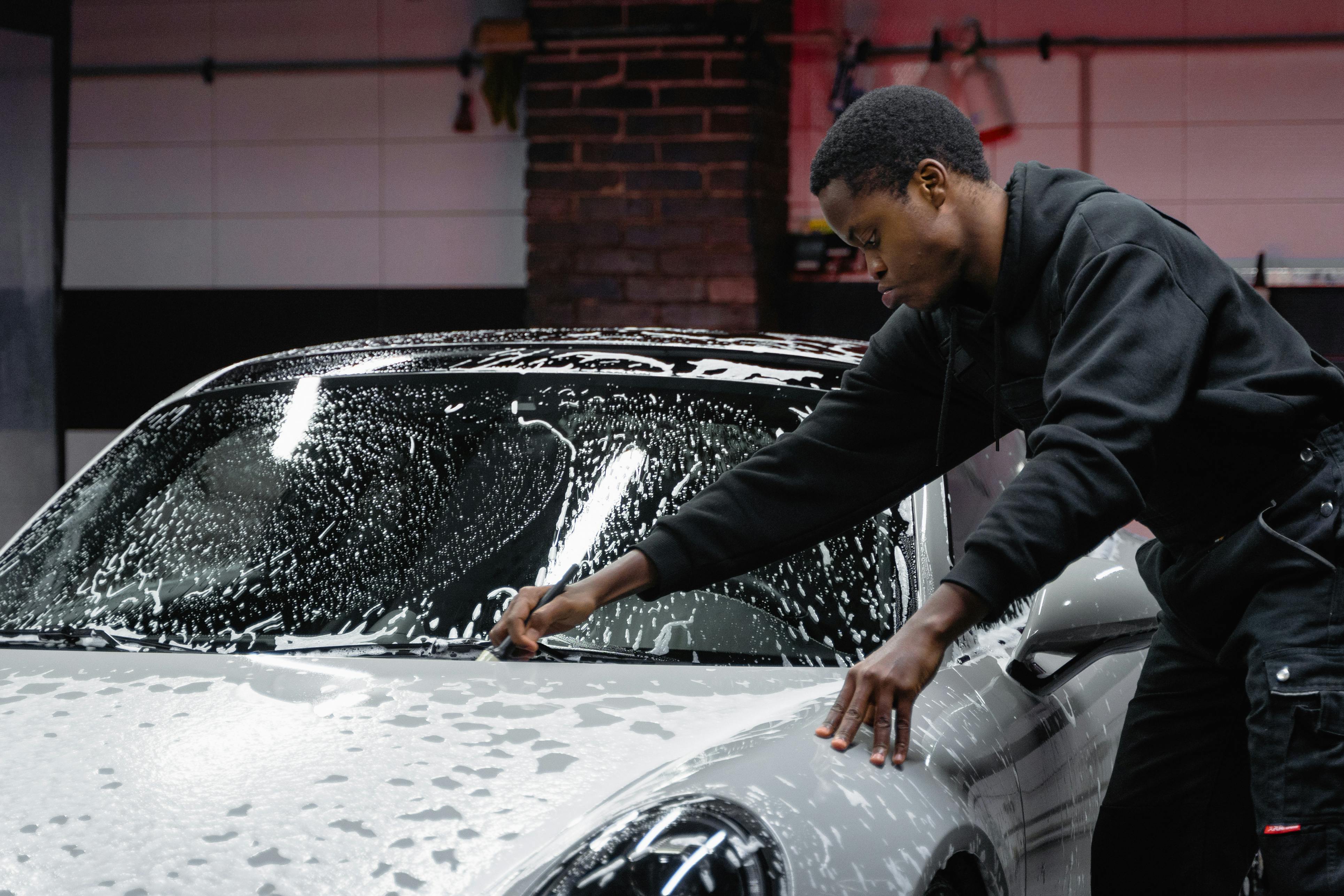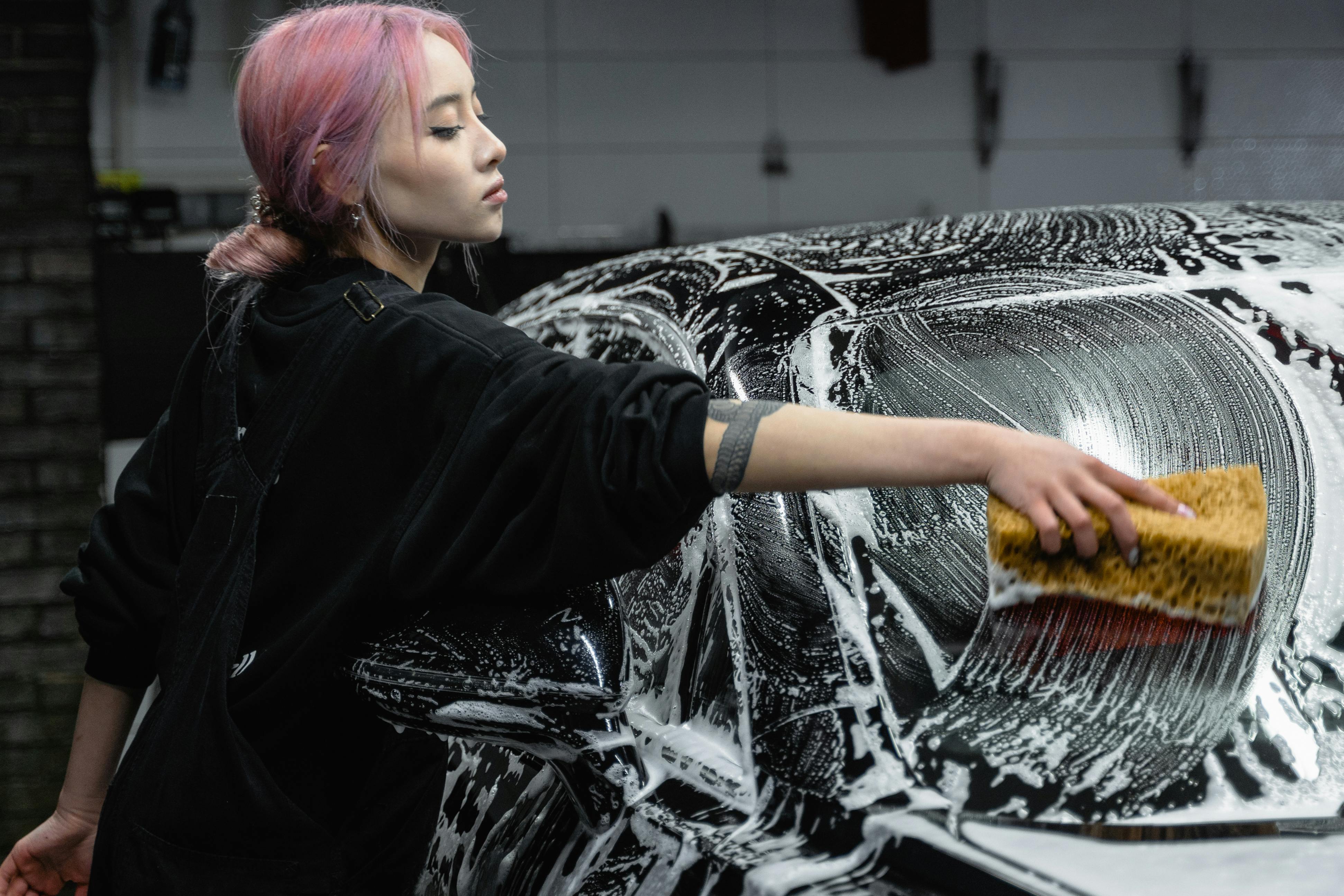Car Detailing Pet Hair Removal: Ultimate Guide for 2025
Pet lovers know the struggle of keeping a car clean from fur. Car detailing pet hair removal is an essential skill for maintaining hygiene and comfort. In this guide, you’ll discover proven techniques, tools, and strategies to effectively remove stubborn pet hair from your car’s interior like a pro.

Understanding the Fundamentals
Car detailing pet hair removal involves more than just vacuuming. It’s about understanding how pet hair embeds itself in fabric and how to lift it efficiently without damaging your car’s interior. This fundamental knowledge is key to both beginners and professionals.
Over time, pet hair becomes interwoven with upholstery fibers due to static electricity and pressure. Simply wiping won’t work, which is why strategic techniques are vital for deep cleaning and maintaining vehicle value.
1.1 Why Pet Hair is Hard to Remove
Pet hair is light, static-prone, and often covered in natural oils that make it cling to surfaces. According to a 2024 survey by AutoClean Research, 73% of pet owners report persistent pet hair in vehicles despite regular cleaning.
This makes regular vacuuming ineffective on its own. Specialized tools like rubber brushes, pumice stones, and static-reducing sprays are crucial to efficient removal.
1.2 Understanding Upholstery Types
Different cars feature varied interior materials—cloth, leather, suede—each reacting differently to cleaning methods. Cloth interiors, for instance, trap more fur due to their fiber composition.
Recognizing the type of upholstery helps determine whether to use dry brushing, wet vacuuming, or sticky lint rollers for car detailing pet hair removal.
Practical Implementation Guide
Now that you understand the problem’s nature, let’s focus on implementation. With the right tools and techniques, you can remove pet hair effectively and restore your car’s clean interior. Results depend on consistency and using the proper sequence of steps.

2.1 Actionable Steps
- Step 1: Dry Brushing: Use a rubber pet hair brush or pumice stone to loosen embedded fur from fabric surfaces.
- Step 2: Vacuum Thoroughly: Use a vacuum with strong suction and a motorized pet hair attachment for effective pickup.
- Step 3: Lint Roller or Duct Tape: Roll over stubborn areas with high-tack lint rollers or thick duct tape wrapped around your hand.
2.2 Overcoming Challenges
Common challenges include static cling, hair in hard-to-reach areas, and ineffective tools. Combat static using fabric softener sprays diluted in water. For tight corners, use narrow vacuum nozzles or compressed air.
Experts recommend keeping a detailing brush and handheld vacuum in your trunk for quick touch-ups. Replace filters regularly to maintain suction strength.
Advanced Applications
Once you’ve mastered the basics of car detailing pet hair removal, it’s time to explore advanced strategies. These are ideal for professional detailers or pet owners dealing with extreme fur situations or preparing a vehicle for resale.

3.1 Steam Cleaning and Static Control
Steam cleaning lifts oils and dander that bond hair to fabric. Use it alongside brushing for best results. In a 2023 case study by DetailPro, cars treated with steam cleaning had 82% less residual hair after one week versus traditional vacuuming alone.
3.2 HEPA Filtration Vacuums
Advanced vacuums with HEPA filters trap finer debris and allergens, improving interior air quality. These systems are ideal for allergy-sensitive users and those detailing vehicles for resale or transport services.
Future Outlook
Car detailing pet hair removal will continue evolving as manufacturers innovate materials resistant to static and cling. Expect to see more AI-guided vacuums and automated brushes tailored for in-vehicle use.
To prepare, stay updated with detailing forums and invest in modular tools that can adapt to emerging technology. Eco-friendly, anti-static sprays are also becoming more prevalent in 2025’s market.
Conclusion
To summarize, effective car detailing pet hair removal hinges on knowing the materials, using the right tools, and following a proven process. Remember: brush, vacuum, treat, and repeat.
Take action today by organizing your detailing kit and applying what you’ve learned. Whether you’re a professional or a DIY enthusiast, mastering this skill will make your vehicle cleaner, healthier, and more valuable.
Frequently Asked Questions
- Q: What’s the easiest way to remove pet hair from my car? Use a rubber brush followed by a high-suction vacuum. A lint roller helps with stubborn areas.
- Q: How should I get started with pet hair removal? Begin by identifying upholstery type, gathering tools like a brush and vacuum, and working section by section.
- Q: How long does it take to clean a car of pet hair? On average, a full interior detail focusing on pet hair takes 45 to 90 minutes depending on severity.
- Q: What does pet hair removal cost? Professionally, it ranges from $50 to $150 depending on car size and hair density.
- Q: Is a detailing service better than DIY for pet hair? Services are faster and more thorough but costly; DIY offers more control and saves money.
- Q: Is pet hair removal difficult? It has a moderate learning curve but is manageable with practice and proper tools.
- Q: Can I apply this in a rideshare or pet transport business? Absolutely—regular detailing boosts cleanliness, passenger satisfaction, and tips.
